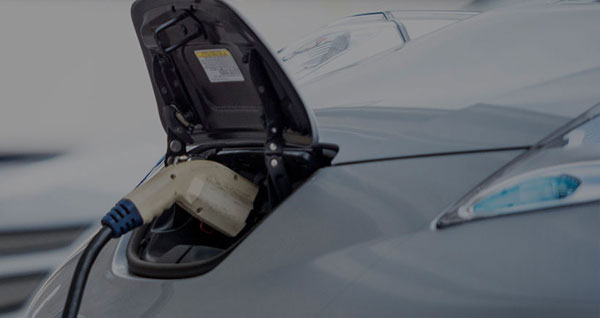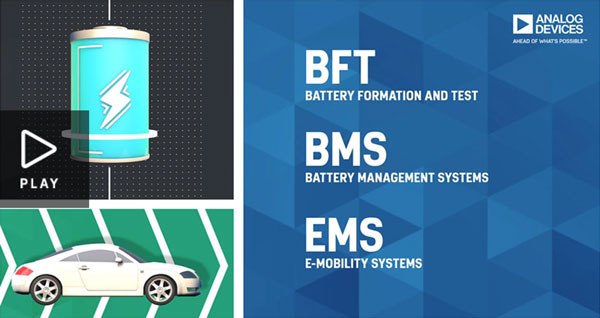A Battery Life Cycle Approach to Electrification
A Battery Life Cycle Approach to Electrification


Electrification By the Numbers




Electric Vehicle Lifespan
Reliability and Longevity
Battery Health and Second Life Use
ADI’s BMS attaches directly to each cell in the stack, delivering information about voltage and temperature, all coordinated with cell current. This provides critical information about the state of charge and battery health. ADI’s wireless battery management solutions also allow for a modular design, so batteries can be used in a wide range of applications.
The adoption of high-performing, efficient battery technologies open opportunities for use in a wide range of applications, from powering remote communities to the latest EVs rolling off the assembly line.
ADI provides the sensors, integrated circuits, monitoring capabilities and analytics that users need to ensure safe, reliable performance that also enable second-life availability. ADI believes in building sustainable partnerships to bring all of these critical components together in a single system to make electrification a reality around the world.
Additional Resources
Renewable Future



Vehicle Electrification

Will COVID Accelerate Electrification?


Additional Resources
Vehicle Electrification


Renewable Future


Vehicle Electrification


Additional Resources
Vehicle Electrification


Renewable Future

